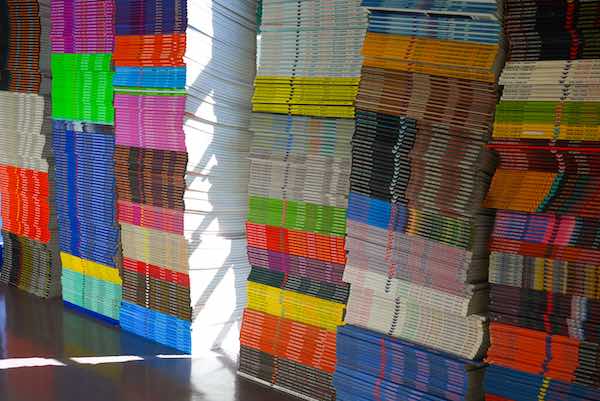
[Image above] Credit: Jaypeg; Flickr CC BY-NC 2.0
If you publish your research, you know that impact factors are kind of a big deal.
Even if you don’t publish your work, chances are you still know that impact factors are kind of a big deal.
So each year when Thomson Reuters releases the latest rankings of impact factors for a slew of journals in its Journal Citation Reports, it’s kind of a big deal.
But, although they’re often the most consulted metric, impact factors aren’t the only measure of a journal.
“Journal Citation Reports calculate metrics other than impact factor,” says David Green, ACerS past president, Distinguished Life Member, and senior editor of the Journal of the American Ceramic Society. “We [JACerS] are surprised that these metrics are usually ignored. For example, we consider cited half-life and total cites to be important values. High values indicate that articles will be cited longer into the future and have had a larger transformative effect on the underlying science.”
Cited half-life is the median age of papers that were cited in the current year, representing a sort of measure of the shelf life of a journal’s articles.
So how do ACerS journals stack up in the latest rankings?
The 2015 impact factor for the Journal of the American Ceramic Society (JACerS) climbed to 2.787, up from its score of 2.610 in 2014 and 2.428 in 2013—that’s a 14.8% increase in impact factor over the past two years.
But even more impressively, JACerS had a whopping 37,061 total citations in 2015, displaying just how far the impact of the journal’s articles stretches. And its cited half-life of >10.0 years is the highest score possible in the ranking.
“We were pleased to hear our impact factor for 2015 was 2.787, which is, historically, our highest value. This places the JACerS second in the Materials Science-Ceramics category,” Green says.
That category includes 27 total journals—in addition to JACerS coming in at number 2, the International Journal of Applied Glass Science (IJAGS) nabbed the number 4 spot, and the International Journal of Applied Ceramic Technology (IJACT) now holds the number 6 position.
For IJACT, its 2015 impact factor increased to 1.534, up from 1.320 in 2014 and 1.215 in 2013—a 26.2% increase over the past two years. It had 1,729 total citations in 2015, with a cited half-life of 5.0 years.
Although the 2015 impact factor for IJAGS dropped to 1.843 from its 2014 score of 2.611, the latest impact factor still represents a 7.8% increase over its 2013 score of 1.71. IJAGS had 369 total citations in 2015. Because the journal only began publishing in 2010, IJAGS has a cited half-life of 3.3 years.
